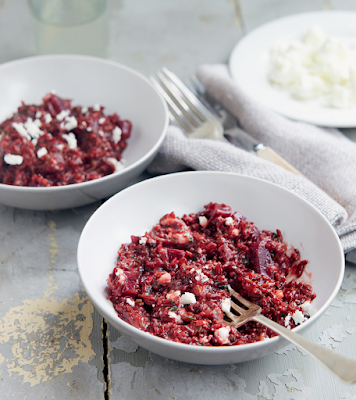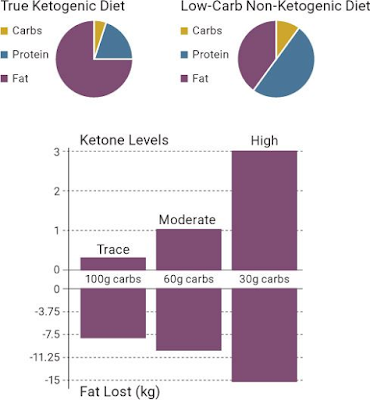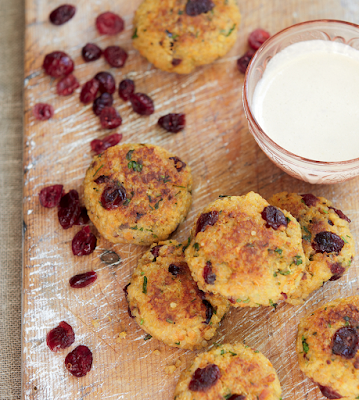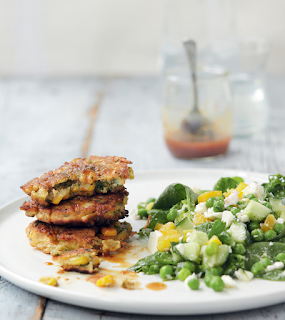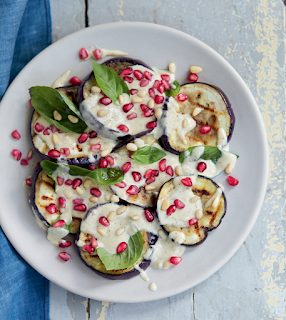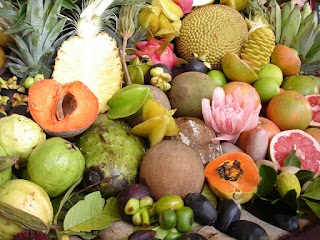Prevention Before Cure :The benefits of the Alkaline Food
Prevention Before Cure
All too often, we wait until illness occurs before changing our eating and lifestyle habits. At Honestly Healthy, we know how well you can feel if you take care of yourself and make sure that illness rarely happens. This is a choice and, while it takes time and dedication, the rewards of ongoing good health are so abundant that we want to encourage you to start aiming for great health, rather than simply good health.
How a ‘dis-ease’ is created in the body
Our immunity is vital to our overall health, with an army of different types of immune cells present in our bloodstream, but especially in the digestive tract, as this is our interface with the outside world. It is estimated that as much as 70% of the total of our immune cells are present in the gut – which we experience in a major way when we have an upset tummy or, worse, food poisoning. These immune cells are present throughout the length of our digestive tract from our mouth to our bowels, ensuring that any pathogenic invaders are quelled at the appropriate point or expedited through the system as fast as possible.
Recognising your body’s toxicity
Take a good look at the toxic symptoms in the box (below) and discover how burdened your body’s system actually is. Some of these symptoms can be due to other causes, but by following the Honestly Healthy Alkaline Programme for just three weeks, you will find that many of these symptoms simply disappear. Why not make the investment of this time and see for yourself?
Toxic symptoms
You may be surprised to recognise just how many of these symptoms apply to you:
Headaches/migraines
Joint and/or muscle pain
Indigestion
Heartburn
Bloating
Constipation
Diarrhoea
Stomach cramps
Bad breath
Metallic taste in mouth
Sensitive gums
Food intolerances
Excessively painful menstruation
Watery or itchy eyes
Shortness of breath
Sweating
Skin irritations (eczema, psoriasis)
Dry skin
Unexplained hair loss
Lank or dull hair
Acne or constantly spotty skin
Cellulite
Insomnia
Broken sleep
Fatigue
Mood swings
Depression
Lack of motivation
Inability to focus on anything
Irritability
Anger
Sugar cravings
Salty food cravings
Food bingeing
Allergies and intolerances may be the key
Food allergies are those reactions that are immediate, severe and potentially life-threatening, such as swelling of the mouth and lips and closing of the back of the throat, preventing air getting to the lungs. This is called anaphylaxis, and fortunately occurs relatively rarely. However, food intolerances occur far more frequently, sometimes being more difficult to detect as the reaction can occur up to 70 hours or so after the offending food has been eaten. There are several different ways of testing food sensitivities and, generally speaking, blood tests provide by far the most reliable results, as it is in the bloodstream that most reactions occur.
On a more practical level, keeping a detailed ‘food and symptom’ diary may well provide you with some simple answers without having to wait for blood tests to be taken. For example, if you are suffering from severe headaches on a regular basis, plot a chart over the course of a few weeks of when they occur and see how frequently the foods that you eat almost daily tie in with those.
Well-recognised links to headaches include chocolate (commercially produced, including sugars and sweeteners rather than the more natural cacao and agave, yacon and xylitol alternatives included in our recipes); cheese, red wine and caffeine, all of which contain compounds that are linked with migraines and severe headaches.
Hives and other skin rashes are often associated with strawberries and other red fruits (which can be overly acidic to the body, despite being sweet to taste). Lesser-known links include wheat-based products such as bread, biscuits and cakes with fatigue and mild depression, eggs with joint and muscle aches and pains, and mushrooms, yeast and moulds with chronic fatigue, perpetual flu-like symptoms and low energy and mood.
What is going on here?
The answer is inflammation
Inflammation is now considered to be the major cause of most chronic diseases, including heart and cardiovascular, lung and digestive problems, skin problems. Inflammation of any tissue in the body attracts extra fluid to the site, and an imbalance of electrolytes (such as sodium, potassium, calcium and magnesium) at a cellular level is commonly found as a result of such inflammation. It is precisely this electrolyte balance that the body is seeking to maintain on a moment-to-moment basis.
Magic minerals The minerals calcium, magnesium, potassium and phosphorus are found in all alkaline foods, and these are the vital minerals for regulating the pH of the body’s fluids. Calcium and magnesium also work in balance to regulate the beat of the heart, the building of bone and ligaments, the regulation and response of the nervous system, cognitive function and mood. Both iron and iodine are required for blood transport, for cardiovascular health and for metabolism, which is regulated by the thyroid gland.
Perfect proteins
It is important to note that protein is found in any nut, seed or grain that can be planted and will grow into a tree or flower that is substantially larger than the seed – remember that sunflower, which is many thousands of times larger than the seed it originated from. Soya beans and tofu provide all eight essential amino acids for rebuilding and repair, strong immunity and energy production.
How an alkaline state can help to cure ailments
Eating a highly acid-forming, animal-protein-based diet may lead to intestinal inflammation (ulcerative colitis, irritable bowel syndrome (IBS) and Crohn’s disease all being at the worst end of the spectrum), as well as chronic rhinitis and skin problems (such as eczema and psoriasis). As meat is difficult to digest, and dairy- and wheat-based foods are commonly eaten daily, it is no wonder that so many people are plagued by a collection of minor illnesses. Sadly, few doctors understand – or even know of – the connection between the foods we choose to eat and the illnesses that occur as a result.
The good news is that once we know how to balance acid and alkaline foods in our diet, massive change can take place. Within a matter of days of removing foods that are causing either inflammation or intolerances, aches and pains start to disappear as the body starts to heal and repair. This is why we recommend the Cleanse phase , whereby all the potentially offending foods and drinks are removed, toxins are reduced in the environment around you and an abundance of life-giving, energetic foods (such as hemp seed, chlorella and spirulina) are recommended to cleanse the body and alkalise the system; and subsequently the Lifestyle phase , which is a programme for life, to ensure increasingly good health.
Alkalising foods begin by literally ‘balancing’ each cell in the body, supporting its natural energy production and waste-clearing processes by creating the correct electrolyte balance of sodium and potassium. Without getting too technical, the vitality of a cell depends upon sufficient nutrients to allow it to function at its best, and this happens far more readily in an alkaline environment. If the fluids surrounding each cell are too acidic, the sodium/potassium balance is thrown into disarray, causing cellular dehydration. When we talk about ‘hydrating’ the body, we don’t just mean ‘drink plenty of water’ – we are talking about nutrient-rich juices, green smoothies and alkalising pH drops to add to your water. These are now readily available in most health food shops and online worldwide
Take the test and see!
We recommend that you drink at least two juices daily over a period of ten days to evaluate improvements to whatever is troubling you at present – headaches, recurrent colds and infections, aches and pains. As your body starts to rebalance its pH levels, your symptoms will start to diminish and the power of eating the alkaline way will be revealed.

